Pocheon Idong Galbi Village (포천 이동갈비마을)
2022-10-26
2078, Hwadong-ro, Pocheon-si, Gyeonggi-do
+82-2-1330
Idong Galbi is a famous term for Koreans, representing the delicious hanu (Korean beef) short ribs that have been made with high quality meat and marinade. Nowadays, people can see signboards advertising Idong Galbi throughout Korea; however, the dish originated from Idong-myeon in Pocheon-si, Gyeonggi-do. Idong Galbi Village began with two stores in the early 1960s. They became famous and many more restaurants began to serve this local specialty.
Baekdudaegan V-Train (백두대간협곡열차(V-트레인))
2024-02-28
49 Buncheon-gil, Socheon-myeon, Bonghwa-gun, Gyeongsangbuk-do
“V”是指洛东江的上游溪谷。白头大干峡谷列车是行驶在白头大干洛东江上游溪谷的列车,以白虎为主题进行了喷漆。在荣州~汾川(奉化)~铁岩(太白)路段运行,车窗很大,以每小时30公里左右的速度缓慢运行,可以欣赏洛东江、溪谷、山峦和悬崖,也可以打开窗户。可以在荣州站换乘KTX。
DMZ Peace Train (평화열차 DMZ 트레인)
2021-07-27
55, Hangang-daero 23-gil, Yongsan-gu, Seoul
+82-1544-7788
With aims to overcome history and focus on the greatness of nature and life, the DMZ train consists of three cabins each designed with themes of peace, love, and harmony. The train offers seats with great views of the outside, a cafe, photo zones, a photo gallery and many other amenities. Passengers can enjoy great scenic views on the DMZ train as it passes by the renowned Imjingang Railroad Bridge.
Seochon Village (서촌마을)
2024-12-02
45 Pirundae-ro, Jongno-gu, Seoul (Nuha-dong)
Seochon Village is the name given to the area to the west of Gyeongbokgung Palace. It is a historic village, home to old shops and hanok buildings that have stood the test of time. Korean traditions and contemporary sensibilities coexist within Seochon Village’s maze-like alleyways, creating the unique ambience that makes the district so beloved. One can find shops, guesthouses, cafés, and restaurants in the village.
Dapsimni Antique Art Street (답십리 고미술상가)
2020-09-18
99, Gomisul-ro, Dongdaemun-gu, Seoul
+82-2-2249-0336
Dapsimni Antique Art Street is where travelers can stumble upon valuable old paintings, antique furniture and pottery as well as a variety of household items. These antique shops used to be scattered throughout the area of Cheonggyecheon Stream 8(pal)-ga, Itaewon, and Ahyeon-dong, but have gathered within Dapsimni area since the mid-1980s. There are approximately 140 shops along the streets.
It is quite fun to browse through antiquities including wooden candlesticks, grandfather clocks, and old picture frames, items which are usually hard to find in regular stores. These rare items attract not only Koreans but also international visitors to this street. While shops in Insa-dong are popular for selling high-quality antiques, shops in Dapsimni Art Street are popular for offering a wide assortment of antiques at reasonable prices.
Sueojangdae Post (수어장대)
2020-04-09
107-65, Namhansanseong-ro 780beon-gil, Gwangju-si, Gyeonggi-do
+82-31-760-4821
Sueojangdae Post (Defense Commander's Post) is a two-story military facility used as a lookout post as well as for directing battles. This structure was built on the western side of Namhansanseong Fortress as one of the four command posts. During the Manchu Invasion of 1636, King Injo personally commanded and encouraged the troops from here. They held out for 45 days against a Qing force of 120,000, before finally being forced to surrender and accept vassal status to the Manchu Empire.
Seorae Village (서래마을)
2022-12-16
Banpo-dong, Seocho-gu, Seoul
+82-2-2155-6220
Seorae Village is located in between Banpo 4-dong and Bangbaebon-dong in Seocho-gu, Seoul. Seorae Village took its form as a French neighborhood when French residents moved to the area after Ecole Francaise de Seoul, a school for French residents in Korea, was established here in 1985. According to 2008 census, about half of the total 1,000 French citizens residing in Korea were registered to be living in Seorae Village. The area naturally took shape as a global neighborhood as many international residents settled at Seorae Village much thanks to the strong presence of French residents. In addition to its convenient location near the central district area as well as Gangnam area and Hangang River Park, Seorae Village serves as a pleasant environment space for all.
Many shops and restaurants in Seorae Village are small in size and rather charming, resembling those in Europe. A bakery that makes traditional French baguettes using ingredients directly imported from France can be found here. In recent years, Seorae Village has undergone several changes, gaining much attention as one of the most modern and fanciest regions found in Seoul.
Daegwallyeong Sky Ranch (대관령 하늘목장)
2025-10-23
458-23 Kkotbadyangji-gil, Daegwallyeong-myeon, Pyeongchang-gun, Gangwon-do
Daegwallyeong Sky Ranch, located in the highlands of Daegwallyeong Pass, is an environmentally friendly ranch that raises over 400 cows, sheep, and horses. Visitors can easily view the ranch by riding a tractor, completing one circut in 45 minutes. The view of the ranch and surrounding area is best seen from the sky deck observatory. The ranch also features themed walking paths and activities including horseback riding and feeding baby animals.
Montmartre Park (몽마르뜨공원)
2024-03-20
59 Banpo-daero 37-gil, Seocho-gu, Seoul
+82-2-2155-6860
Montmartre Park, situated above Seorae Village, earns its name due to the significant number of French residents in the vicinity. This small park exudes an atmosphere of art and romance, fitting its namesake. Adorned with poems and sculptures contributed by French poets and artists, the park also features busts depicting renowned figures like Vincent Van Gogh, Paul Gauguin, and Pablo Picasso. Towards the park's conclusion, Nue Bridge connects it to the Seoripul Neighborhood Park.
Gyeonggi Janggyeongsa Temple (장경사(경기))
2025-01-14
676, Namhansanseong-ro, Gwangju-si, Gyeonggi-do
+82-31-743-6548
Janggyeongsa Temple is located in Namhansanseong Fortress. Namhansanseong Fortress, which protected Seoul along with Bukhansanseong Fortress, was built at the same time as Janggyeongsa Temple in 1638, during the 16th year of King Injo. Warrior monks from all eight provinces throughout the country helped with the construction. Janggyeongsa Temple is the only remaining temple among nine such temples where military groups made up of monks stayed for trainings.
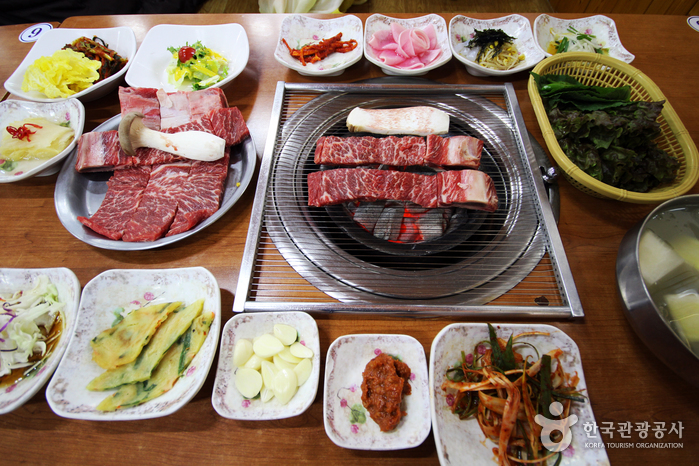
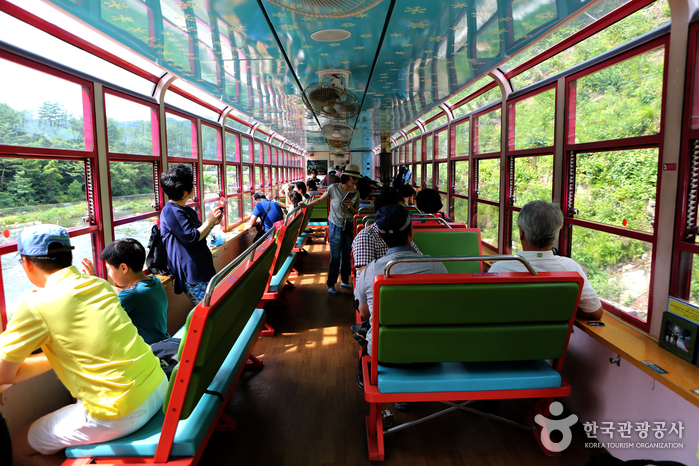
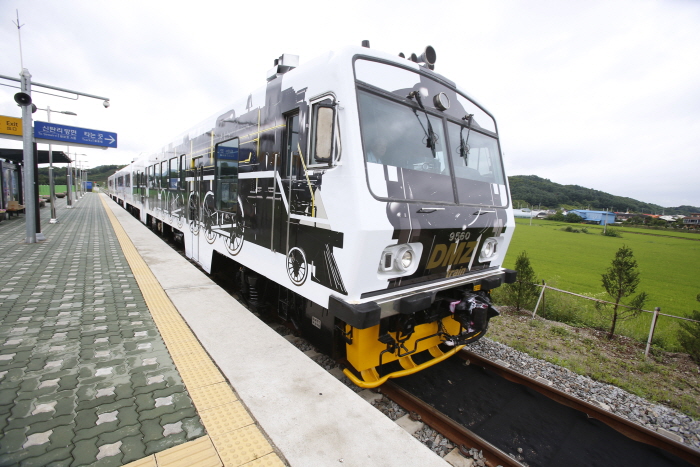
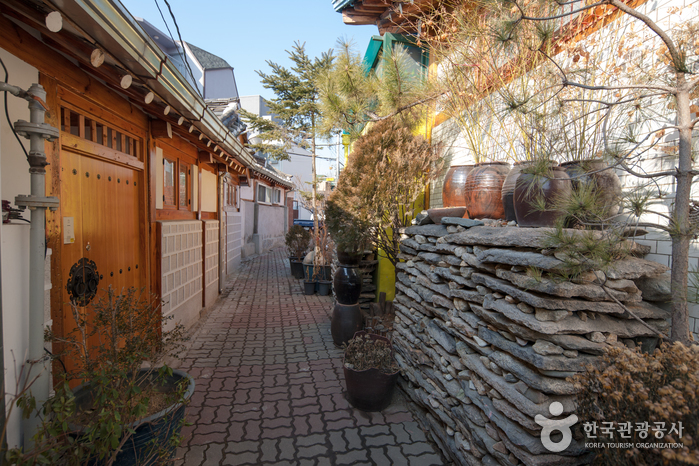
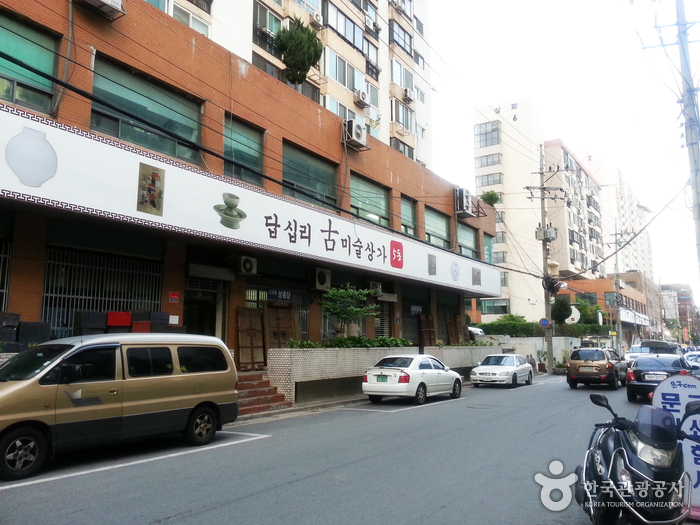
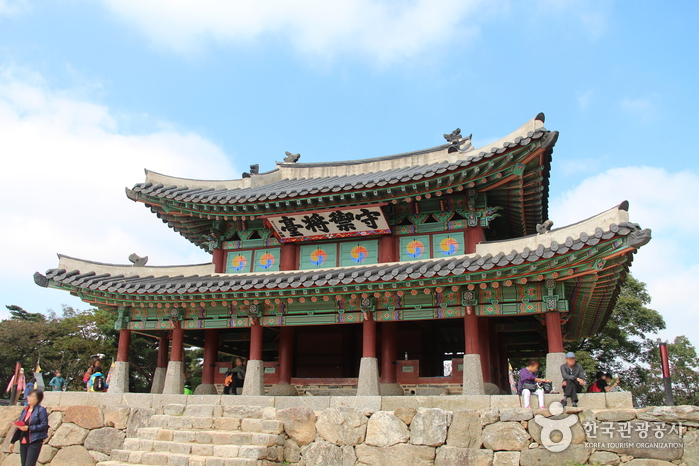

 English
English
 한국어
한국어 日本語
日本語 中文(简体)
中文(简体) Deutsch
Deutsch Français
Français Español
Español Русский
Русский